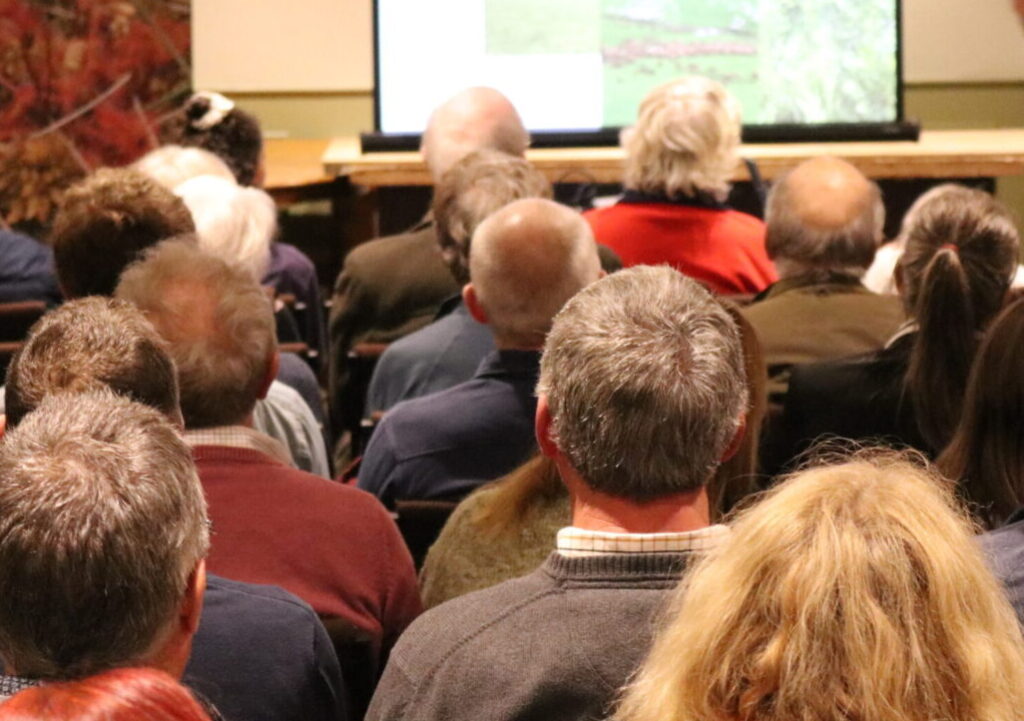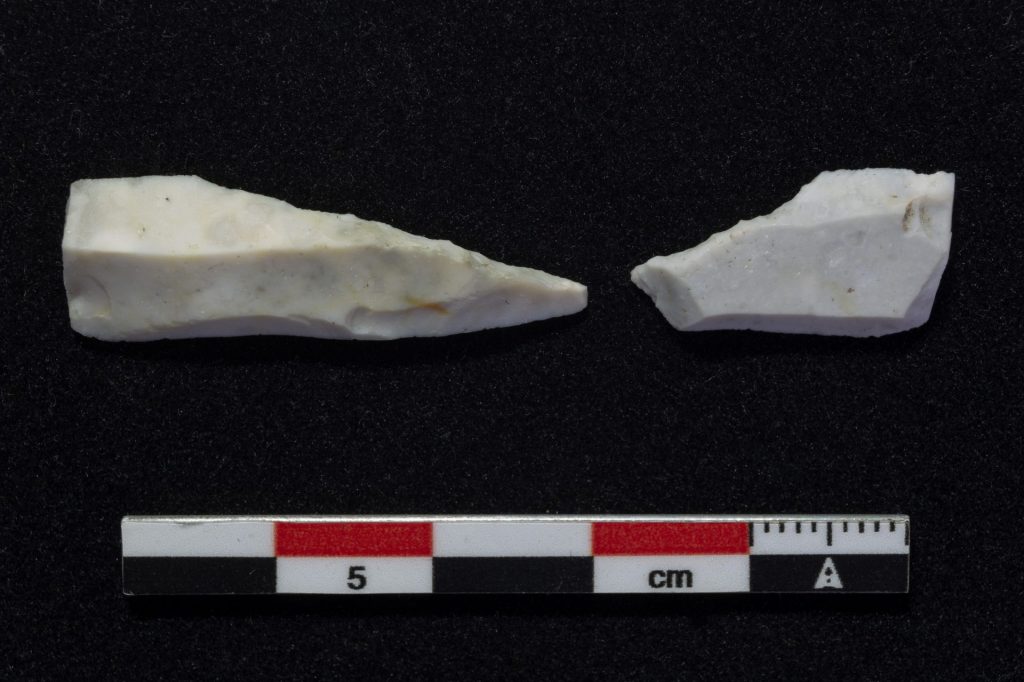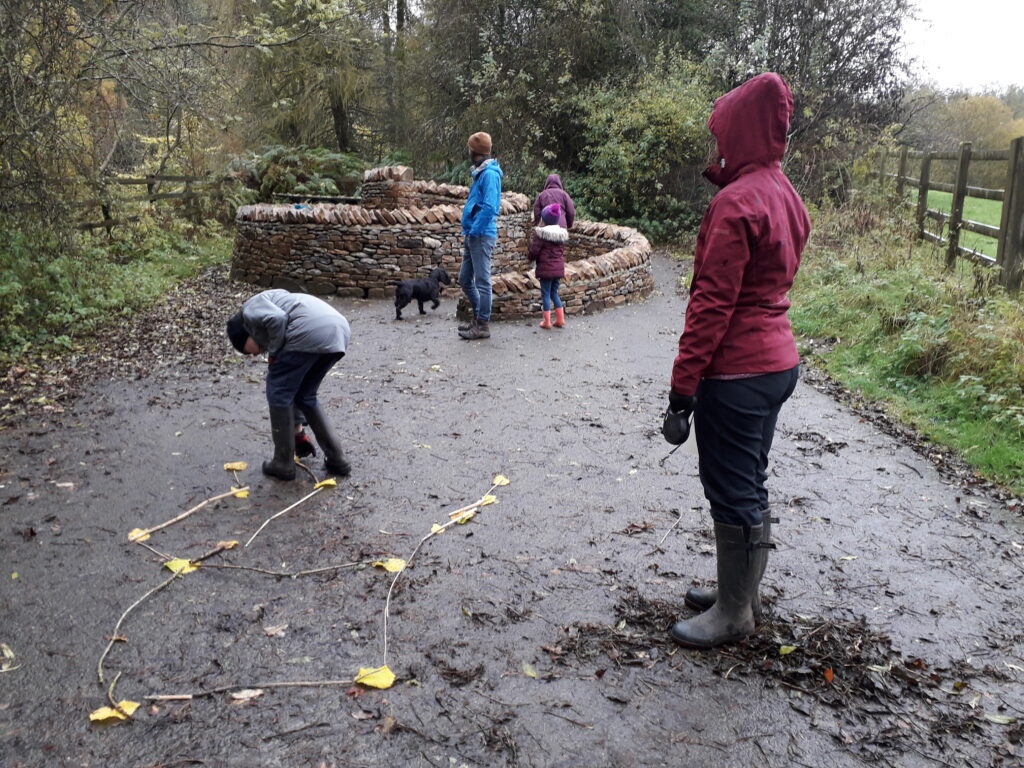News
Fellfoot voices: Return of the swifts
Return of the swifts
Fellfoot voices by Sue Rowlands
If you’re as mad about swifts as I am, you’ll be counting the days until they return. From the beginning of April, our swifts are on their way. Of course, they’re not ‘our’ swifts at all, merely magical migratory visitors from Africa which are with us for only three short months, just long enough for mature pairs to raise a single brood.
There’s an urgency in their return flight, as if the mature birds are keen to meet up with their partner once more and procreate, although they pause briefly to feed en route. Once reunited, and sometimes after an initial scuffle, the pair snuggle up together and sleep to recover from their journey. Secure in their nest cavity, they won’t have touched solid ground for over nine months. Mutual preening seems to reinforce and renew the pair bond.
We can help swift colonies expand by protecting natural nest sites and installing swift bricks when building new homes or extensions. Putting up external nest boxes with callers attached to attract birds to their new homes also helps. Kirkoswald Environmental Group, funded by the Fellfoot Forward Landscape Partnership Scheme, are planning a number of events to raise awareness and celebrate swifts in the village this summer, including a swift willow weaving and craft workshop for families in June and guided swift walks later in the year. The group also has swift boxes and callers to donate to ten Kirkoswald households who would like to have them installed. For more information email Susan Rowlands or join Penrith Swift Group Facebook group.
Swift bricks and nest boxes can also be purchased from numerous sources: Action For Swifts and Swift Conservation websites give more advice and contact details of suppliers. However, as the swift arrival time approaches, waiting lists for nest boxes can be quite long. Get your order in early, your boxes installed, and await the arrival of these iconic summer visitors.
Adult swifts will collect a few feathers and bits of dried grass floating in the sky to stick down to form a rather rudimentary nest. There’s no time for anything too intricate, assuming that their nest cavity is as they left it the previous year. In the unfortunate event that refurbishment has blocked the tiny entrance hole, they may appear to become very frustrated at their inability to access the home that they have bred in for years. Swifts have been seen banging the walls around their old entrance hole, in unsuccessful attempts to open it, sometimes injuring themselves fatally in the process.
If you have swift nest boxes which were installed in previous years, it’s a good idea to ensure that they’re still securely fastened to the wall and, if made of wood, that they are still fit for purpose and haven’t rotted. If swifts nested in your boxes it’s not essential to clean them out, although many people do so in the hope of reducing the parasite burden the birds will face on their return. If sparrows or starlings nested in your boxes, you will need to remove nest material before the swifts arrive. It’s also a good idea to block the entrance holes until the end of April to prevent early occupancy by other species.
If you have swift boxes that you believe are well placed but you were unlucky in attracting swifts last year, try installing swift callers to attract the birds. These should be attached underneath or inside the box. If the callers are positioned at a distance from the nest box, swifts have been known to ‘bang’ the callers rather than find the new nest site.
Ideal nest box sites are at a height of at least four metres with a clear flight path and away from trees and wires. The best positions are sheltered from the prevailing wind and, depending on nest box design, shaded from the heat of the midday sun. Some boxes are now being designed with white roofs to reflect the sun and double thickness roofs in an attempt to reduce summer temperatures in the boxes.
Studies in some Mediterranean countries have monitored internal temperatures in boxes and found that 35 degrees was the temperature at which chicks could not cope. They would try to escape the heat but sadly fall to their deaths because they’re not mature enough to fly. As our summers are becoming hotter, the more expensive boxes that incorporate cooling and ventilation systems may become essential for sunny positions.
What I find strange is the need for juveniles, one or two years of age, to return to the country of their birth long before they need to for the purpose of prospecting for nests or choosing a partner. Why undertake such a long and arduous journey for just a couple of months, before returning to Africa? Are they practising the route to their breeding grounds? Maybe the different insects found here confer a benefit that’s worth the effort of such a long journey. Whatever the reason, they arrive and form those wonderful screaming parties doing amazing aerial displays over our roof tops for a few short weeks.

Image: Swift (c)www.northeastwildlife.co.uk











